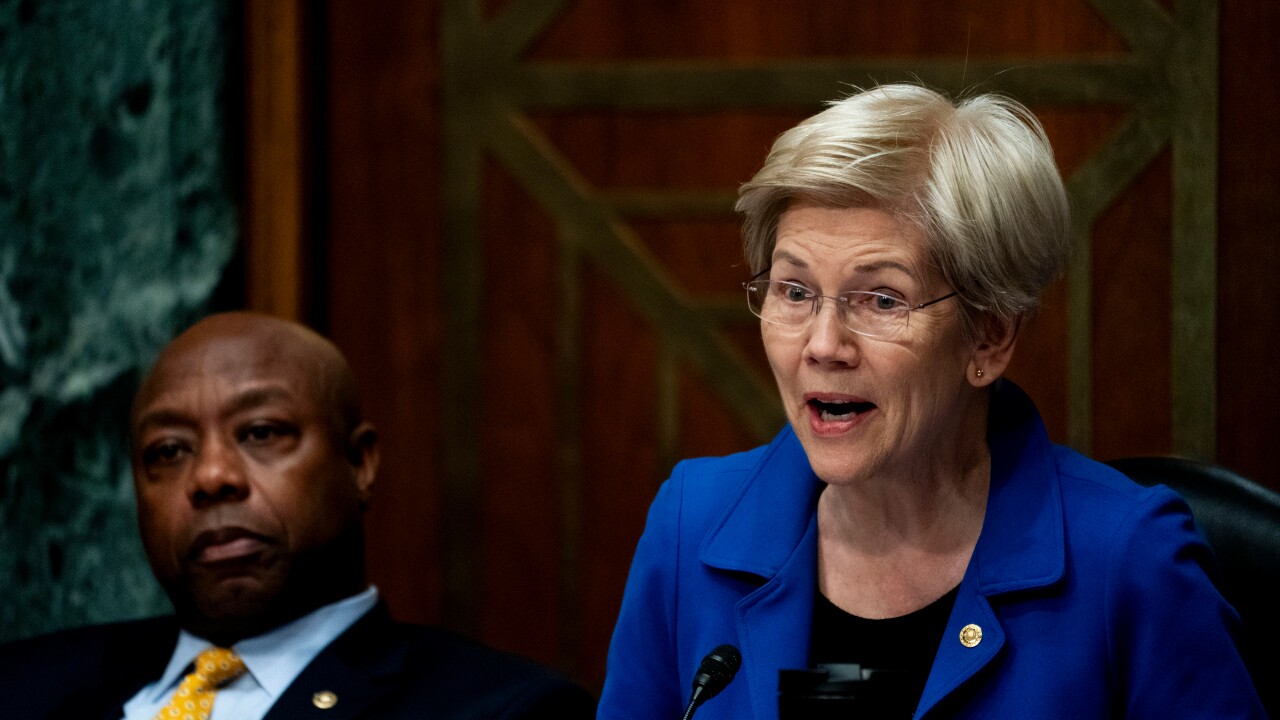-
Solera National Bank in Lakewood, Colo., has been freed from a consent order under which it had been operating for more than two years.
July 3 -
Hispanic customers of JPMorgan Chase and Wells Fargo have long been able to pay bills or transfer money online — but only in English. Now both companies are planning to expand their Spanish-language online banking services by early next year.
June 20 -
The three-year-old Solera National Bancorp Inc. in Lakewood, Colo., has struck its first acquisition deal. The $140 million-asset company announced Wednesday that it has entered into an agreement to buy the Lakewood branch of Liberty Savings Bank, a $1.1 billion-asset thrift in Wilmington, Ohio.
August 11 -
Solera National Bank in Lakewood, Colo., is hoping it can serve predominantly Hispanic consumers and businesses without having to broaden its focus.
August 8
Solera National Bank should have been one of those banks that benefited from opening near the eve of the financial crisis. Instead, a regulatory order stymied the bank just as it began revving up.
At least the $146 million-asset bank
With a war chest of capital, Solera is looking to expand aggressively through the recent addition of lenders and the introduction of a portfolio mortgage business. With a leverage ratio of nearly 19%, the bank could also be motived to pursue acquisitions.
"We are thrilled about having the order lifted. We really went at it full-bore to address each and every article," says Douglas Crichfield, Solera's president and chief executive. "We have room for significant growth. Without taking in any additional capital, we could double our loan portfolio, and we'd like to do that in the next year."
Some de novos created just before the financial downturn have found an interesting terrain. As older banks struggled with credit issues, the younger banks could focus on offensive. For instance, Level One Bank in Farmington Hills, Mich., was also founded in the fall of 2007, and it has struck two deals with the Federal Deposit Insurance Corp. to buy failed banks.
Solera aspired to be among such consolidators, but those plans were shelved in early 2010 when the OCC issued the bank a consent order that largely targeted a need for improved compliance with the Bank Secrecy Act.
"They felt our monitoring wasn't robust enough. We were banking a currency exchange company," Crichfield says. "We exited that business, but we still got the order, that's how it works."
Solera still
The deal would have transferred $40 million in deposits and $30 million in loans to Solera. Crichfield says the deal was never approved. Around the same time that Solera announced the branch purchase, the OCC amended the BSA-related order to include credit administration issues.
With the order lifted, Crichfield says Solera will look for ways to grow beyond its one branch. "I'd like a little broader coverage of Colorado," he says. "We'd look to add a couple of locations, but [we] don't expect to be on every corner in the Denver metro area."
Crichfield, however, seems particularly bullish on internal efforts to grow the loan portfolio. To that end, the bank recently launched a portfolio residential product.
"It is a good product for somebody that needs to close a loan quickly, but who may not need the loan for very long. It has a low loan-to-value ratio and the borrowers have to have higher credit scores," Crichfield says of the non-conforming loan, which was created because of customer demand.
"We got tired of turning people away," he says. "We want to be able to serve the fuller array of needs of our customers."
Crichfield says Solera also has three new commercial-and-industrial lending officers who are ready to pounce.
"I like the C&I business, and I think we have a good platform to expand that product offering, but it is intensely competitive and we are fighting to gain share," Crichfield says, although Denver is not a major C&I market.
Solera could use its focus on the Hispanic market to gain a competitive edge, says Gregory Fairchild, the executive director of the Tayloe Murphy Center and a professor at the University of Virginia's Darden School of Business. Though the Hispanic community has acutely felt pain from the downturn of the construction market, there are still plenty of good customers who are frequently overlooked by other banks.
"The good news is that it might really just be a question of separating the wheat from the chaff in a yet-to-be-harvested field," Fairchild says.





